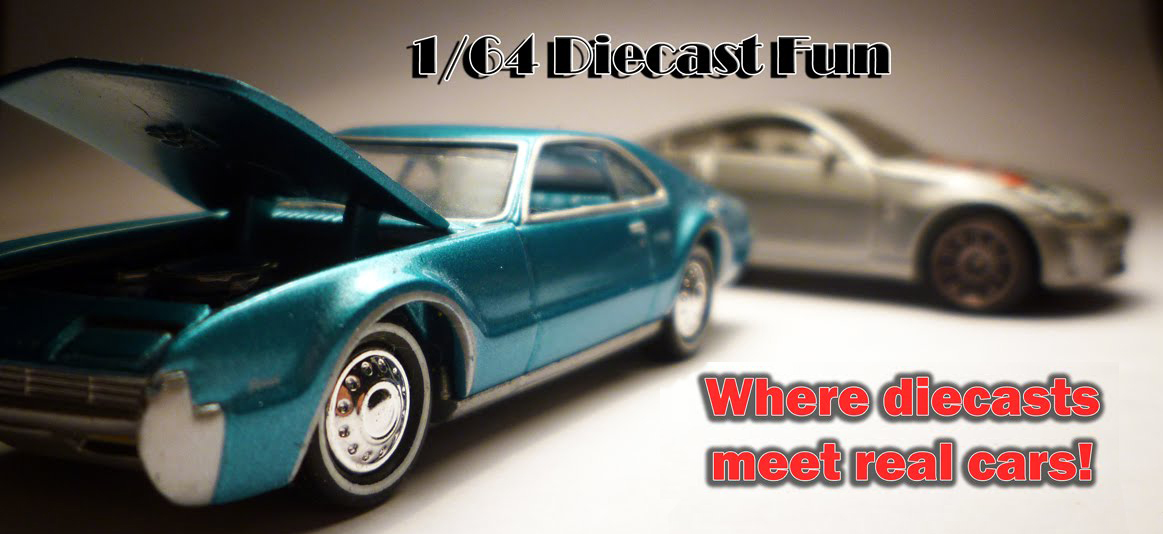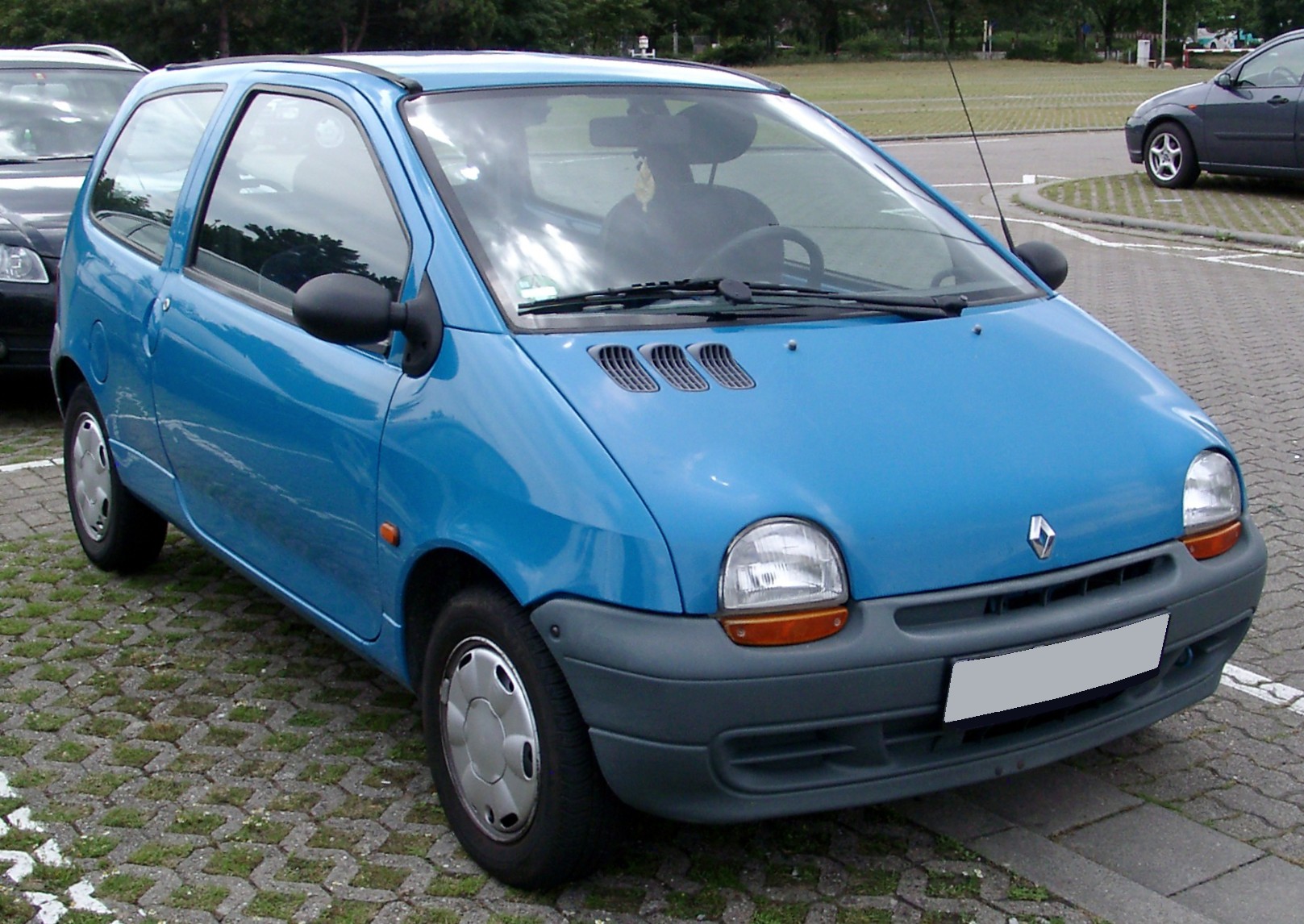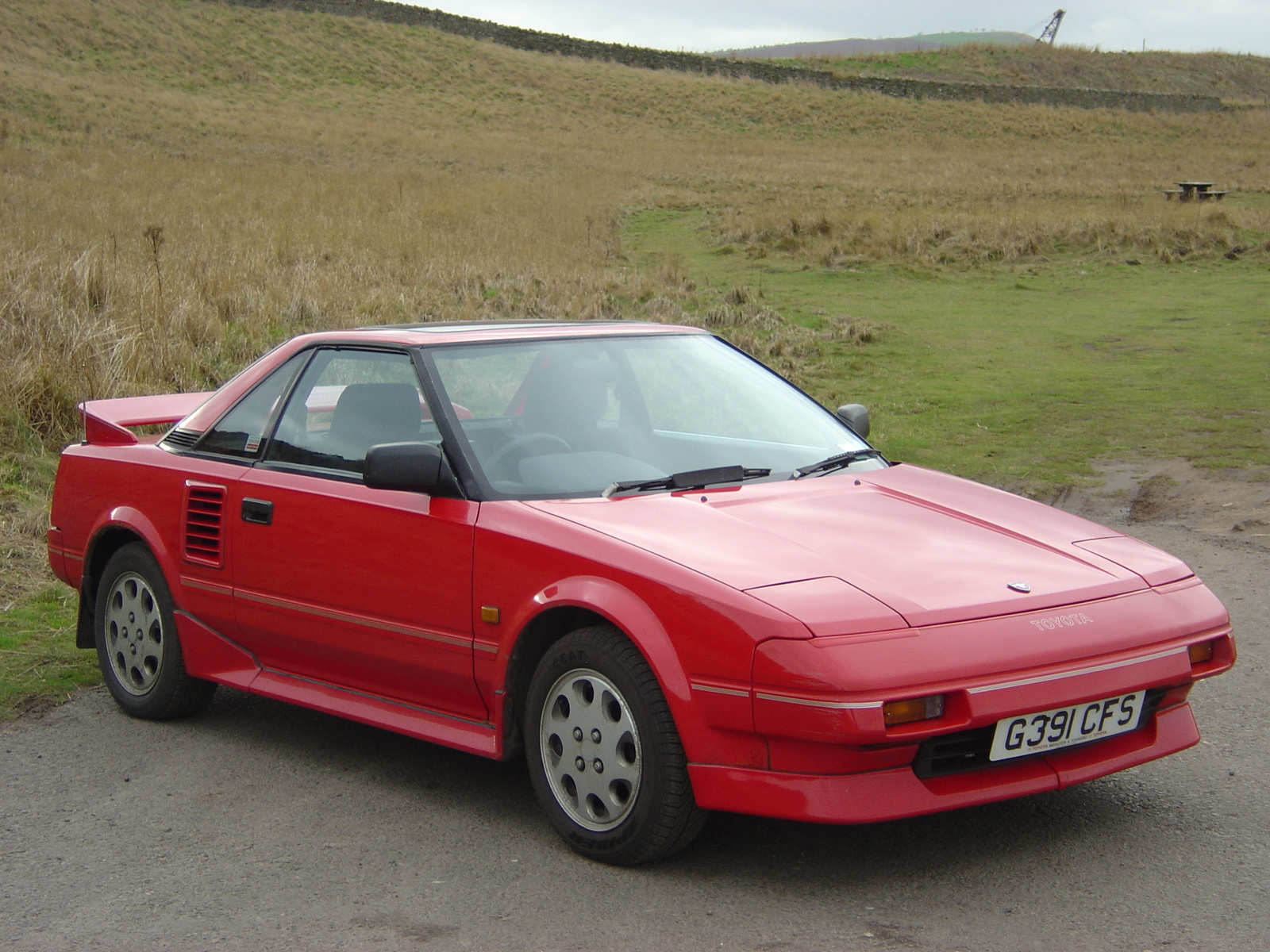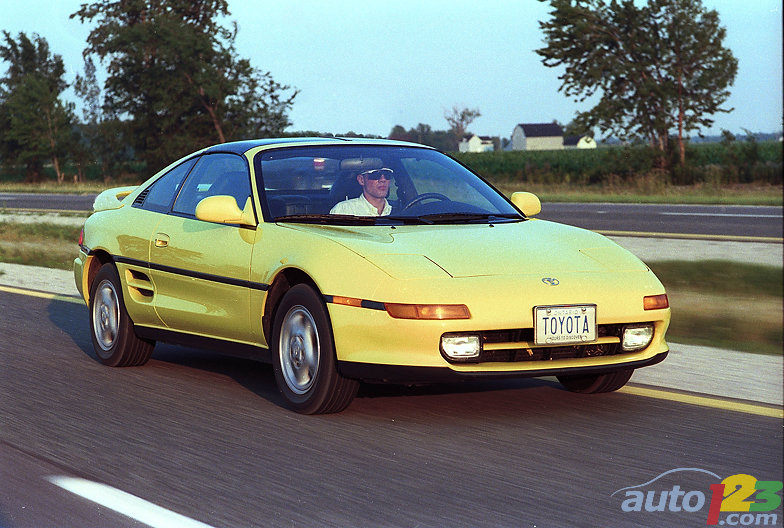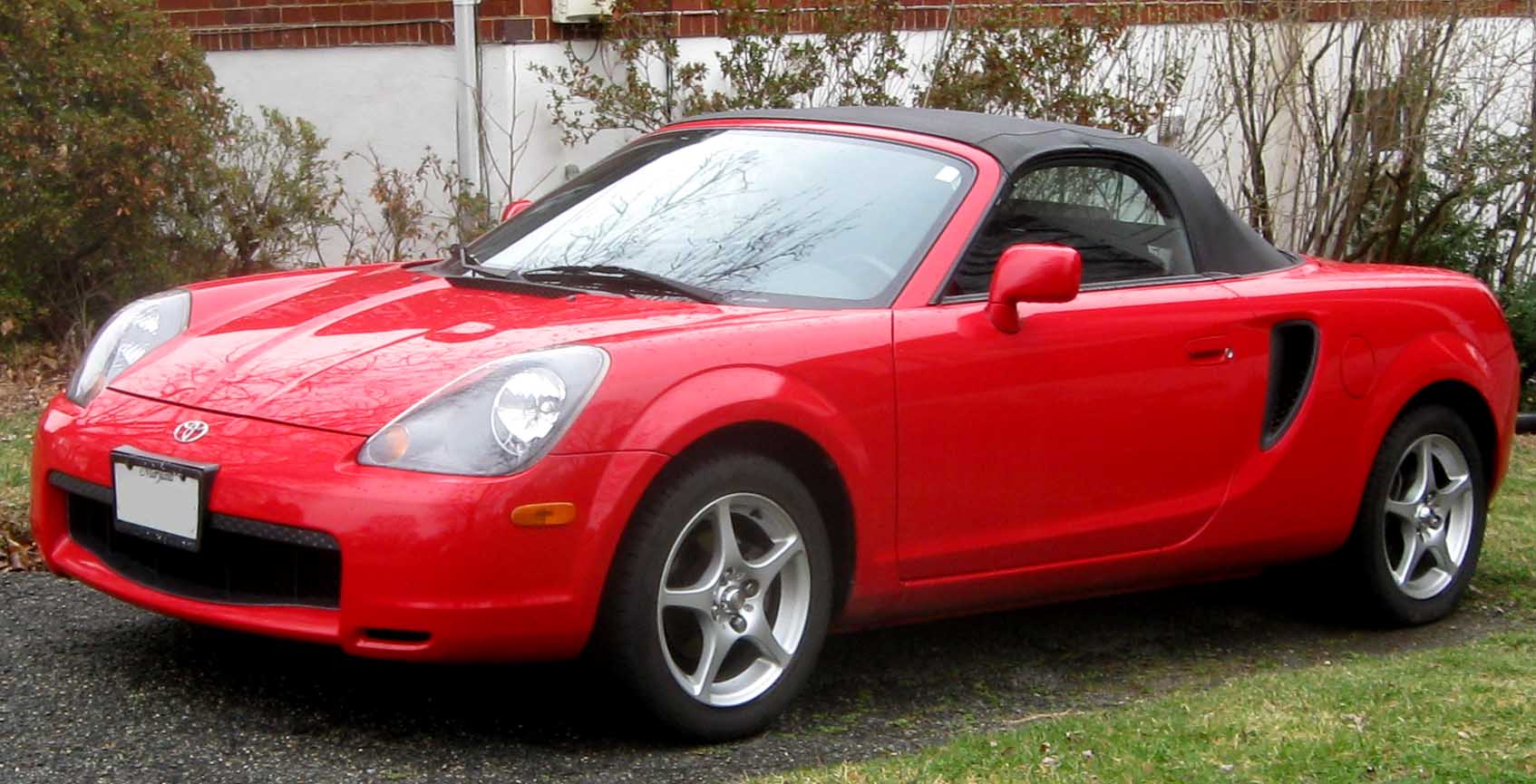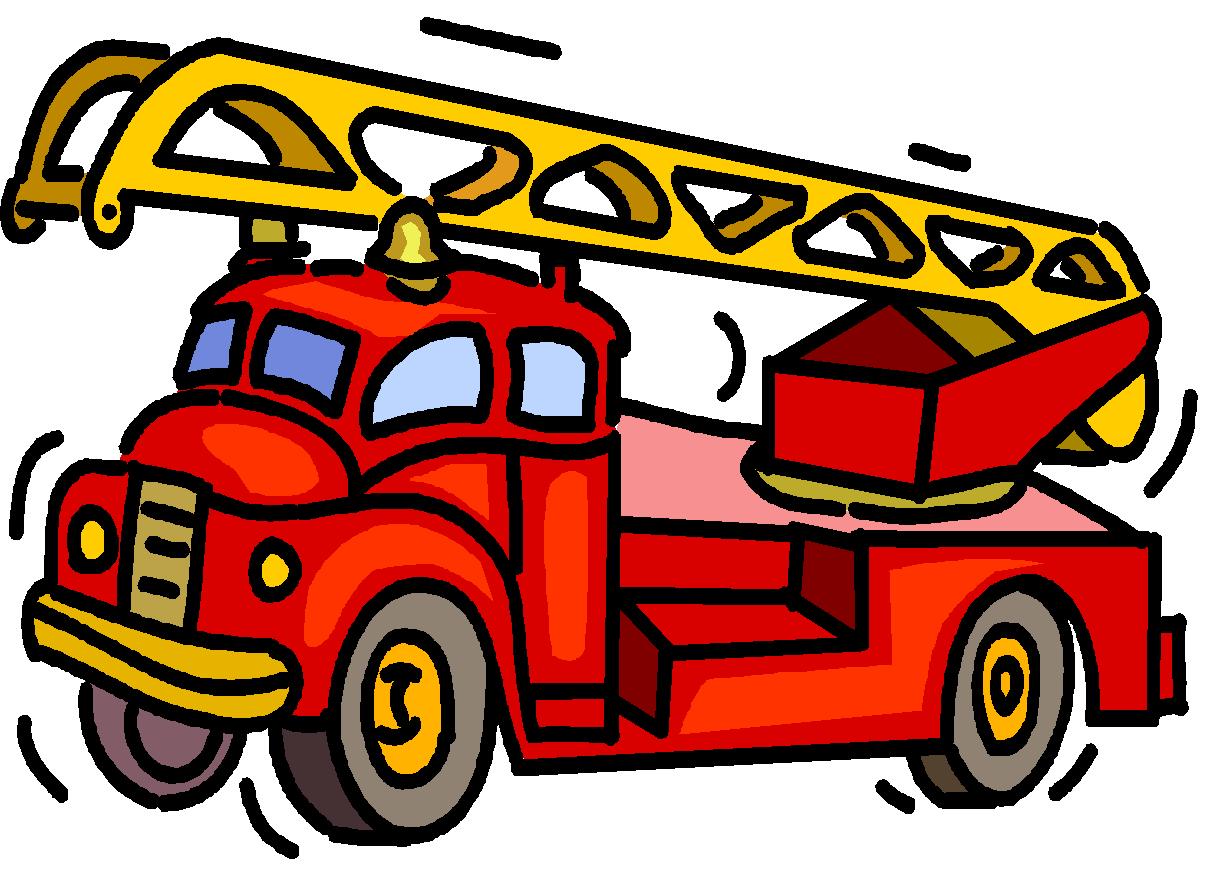Acura is the luxuous division of international Honda japanese maker. Only offered in Canada, USA and Hong Kong, the brand has been introduced in 1986, as well as other similar brands such as Lexus and Infiniti. Originally, all the Acuras were only japanese Honda with another badge, but in the 2000s, a few exclusive models has been introduced. Acura is somewhat a rare brand in diecasts, such as its competitors previously named. Of cource, since it's only offered in America, only american brands reproduced them...
1. Acura NSX : racing version
 |
| Last NSX version. |
The Acura NSX, known as Honda NSX in every country outside America, has been introduced in 1989 to promote Honda's savoir-faire in technology. The car was using a central V6 engine offering 274 hp, and the body was entirely made in aluminum. The car was somewhat popular in USA, but was lacking of image comparatively to Porsche or Ferrari. Also, lack of motivation from Honda to bring some modifs to the car killed its career, and it disappeared in 2005, with only 18 000 units sold. A lot of variations of the NSX has been produced, such as the NSX-R, easily recognizable with its white and black paint. Also, the NSX was a big player in Japanese`s GT championship. It also won the LM GT2 first place at the 1995 Le Mans.


The Acura NSX has been introduced in Hot Wheels regular line in 2008 as a brand new casting. Unfortunately, it's supposed to be a "tuner version"... i must say some variations are better than others. As usual with HW, some variations of this casting are absolutely horrible, but the one i have is pretty nice, coming from the 2010 Speed Machines serie (a special Hot Wheels line with more detailed cars). Although it's supposed to simply be tuned, it kinda looks like the Japanese GT NSX. The big rear spoiler is well done, as well as the roof scoop. The car is suffering of a lack of tampos, but the colors are pretty realtistic, and wheels are well made too (rare fact in a Hot Wheel replica).


The NSX was also offered by Majorette, as the number 220 in the 200 casting line. It has also been offered as a Majorette Novacar #117 (remember : Novacar was a cheaper Majorette's line, with plastic bodies, and produced in Portugal instead of France). It has been produced in a large variety of colors, some plain ones and also racing ones. First introduced in 1994, this casting quickly became a rare one, mainly because of Majorette's money problems in the late 90s. I personally own two Novacar replicas. The casting is overall well made, but clearly lack details. The plastic body made the car hardly recognizable. In the two versions i own, the red one more looks like the real one, but the purple one is..... "funky", to stay polite?
2. Following the NSX, the HSC
 |
| That would have made an awesome new NSX... |
After 2005, Honda made a lot of tries to replace the NSX, but never produced a real replacement. The 2008 economic crisis really cut Honda's future projects in this domain. The Acura/Honda HSC (simply standing for Honda Sports Concept) was one of those tries, and has been introduced at the 2005 Detroit Auto Show. Many journalists thought it was a preview of the future NSX, but Honda clearly stated that it was a pure test concept car. Its slick styling was a pleasure for the eye, and the rear window form added a nice touch. As well as the NSX, the HSC was mounted with a V6 VTEC mid-engine, but also had a 6-speed F1 style transmission. On the other hand, the body was made with carbon fiber, making it really light.


Only showed in silver, the original Hot Wheels HSC has been introduced in 2005. Although the car was missing tampos and the windows were black, it was a nice replica of the real version. I love those kind of concepts in my collection.... but not so much the one i have. Why? Because i own the 2007 Honda HSC offered in the Exotics 5-pack of the same year, and well, it's ORANGE! I don't dislike the color in itself, but it's totally unrealistic. Also, the front looks really undetailed in the orange color. I would surely be happy to exchange it for a silver one... At least i bought the 5-pack for other cars, not this one.
3- Acura's most important one : The Integra.
 |
| First Acura Integra, 1989 generation. |
The Integra has literally been Acura's savior, it was the brand's bread and butter in the 90s. The first generation debuted in 1986 in Japan, under the Honda's badge. The car was offered as a 3 and 5 door hatchback, as well as a 4-door sedan. Also sold as a Rover in Australia, the original one had hidden headlights. It has never been so much popular in Europe, but USA loved the model, and it quickly became a big player in this market, and made Acura known. The 5-door hatchback has quickly been discontinued in 1990, and has never been imported in the US. The new generation introduced in 1989 has been really important in Honda's history, because it came with the first VTEC engine ever. This generation was known for its engine's toughness, that was easily able to reach 500,000 kms on the counter.
 |
| The famous third generation Type R. |
The third generation introduced in 1994 is certainly the best known one. Offering a much more modern styling, it also became sportier, mainly with the introduction of the Type R version. Only offered in white, the Integra Type R offered surprising performances for a compact car : it was able to do the 0-100 km/h in only 6.2 seconds. This generation lasted until 2001, but the small sport car market was really starting to decline, so the fourth generation has been introduced in 2002. The name Integra has been abandoned in Acura's offer (renamed as the Acura RSX), but still used by Honda in Japan. It was only offered as a sport coupe this time (3-door hatchback), but never encountered success of the previous generations. It has been discontinued in 2006... and sadly, the market restarted a few years after. The gap has been filled by the cheaper Civic Si.


Johnny Lightning introduced an awesome diecast of the Integra third generation model in the Import Heat serie, in 2003. The casting has mainly been used as tuners with vinyls and flashy colors, but there's a few nice ones. Originally intended to be a Type R replica, JL also made a normal 3-door hatchback one in the Classic Gold serie, and this is the one i have. Details are simply stunning on this model, and the blue color fits it well. Mirrors are there, and the overall shape is perfectly reproduced... it's one of the best castings i've seen.


There's also a nice replica of the last generation, identified with the "DC5" tag. Reproduced by Welly, it's the Type R version, easily identifiable with its big rear spoiler and body kit (unfortunately, it's the Honda and not the Acura one). Originally offered in white, i have the yellow one that can be found in Welly's Easter Eggs (kind of Kinder Surprise eggs, but no chocolate and cars inside. That's a nice idea, you buy an egg, but you don't know which car is inside...). Welly's older castings are a bit miserable sometimes, but this one is particularly nice, and details are well reproduced. It's suffering from a lack of more detailed tampos, but it's really looking like the real one. Detail i don't like : why are there no interior body panels? It makes the interior looks strange...
Enjoy the pics, throw some comments in here :)
 Being a french diecast maker, Majorette was clearly designed to build replicas of french cars. Majorette made a lot of versions of its no.206 Twingo replica, with a variety of colors, even in a racing scheme! The car in itself doesn't have too much details, so it was surely easy to reproduced it. Anyway, Majorette made a perfect job on the diecast, that is really accurate with the real one. It is a somewhat rare casting, mainly because of Majorette's financial problems in the 90s. There's a specific version with a panoramic rooftop produced in a strange shade of blue-green, and this is the one i have. It was one of my favorites cars when i was a child, but unfortunately my original one is destroyed (Majorette's money problems made fabrication quality worser than older castings), so i bought a new one of the exact same variation.
Being a french diecast maker, Majorette was clearly designed to build replicas of french cars. Majorette made a lot of versions of its no.206 Twingo replica, with a variety of colors, even in a racing scheme! The car in itself doesn't have too much details, so it was surely easy to reproduced it. Anyway, Majorette made a perfect job on the diecast, that is really accurate with the real one. It is a somewhat rare casting, mainly because of Majorette's financial problems in the 90s. There's a specific version with a panoramic rooftop produced in a strange shade of blue-green, and this is the one i have. It was one of my favorites cars when i was a child, but unfortunately my original one is destroyed (Majorette's money problems made fabrication quality worser than older castings), so i bought a new one of the exact same variation. Majorette (who else ?) made a new edition of the #206, called 206B, reproducing the new Twingo II. As Majorette's owner changed, the casting is way differently made than the first one. It is very nicely made overall. The blue color suits it well... but not the big glass lights in my opinion. They look quite rough and unrealistic. Also, why is there no interior door panels? Reminds me of the recent Welly castings...The tampos add a nice touch to the overall car. It is really interesting to see the picture of both, because you can really see Majorette's evolution. Still a nice casting, and mandatory in any collection (quite hard to get in Canada, thanks to my french friends i have one :))
Majorette (who else ?) made a new edition of the #206, called 206B, reproducing the new Twingo II. As Majorette's owner changed, the casting is way differently made than the first one. It is very nicely made overall. The blue color suits it well... but not the big glass lights in my opinion. They look quite rough and unrealistic. Also, why is there no interior door panels? Reminds me of the recent Welly castings...The tampos add a nice touch to the overall car. It is really interesting to see the picture of both, because you can really see Majorette's evolution. Still a nice casting, and mandatory in any collection (quite hard to get in Canada, thanks to my french friends i have one :))